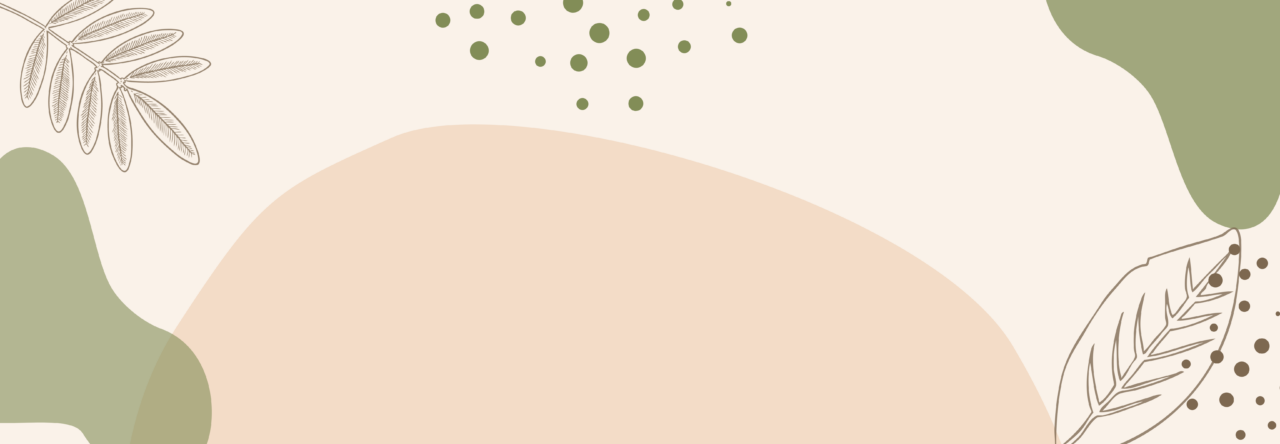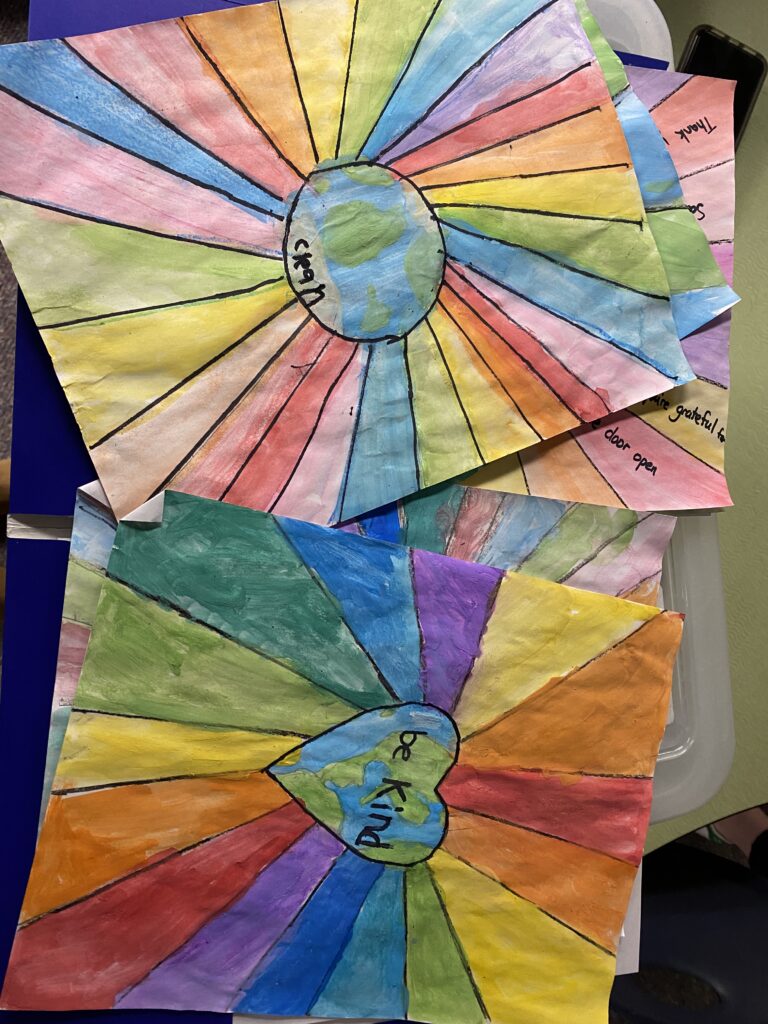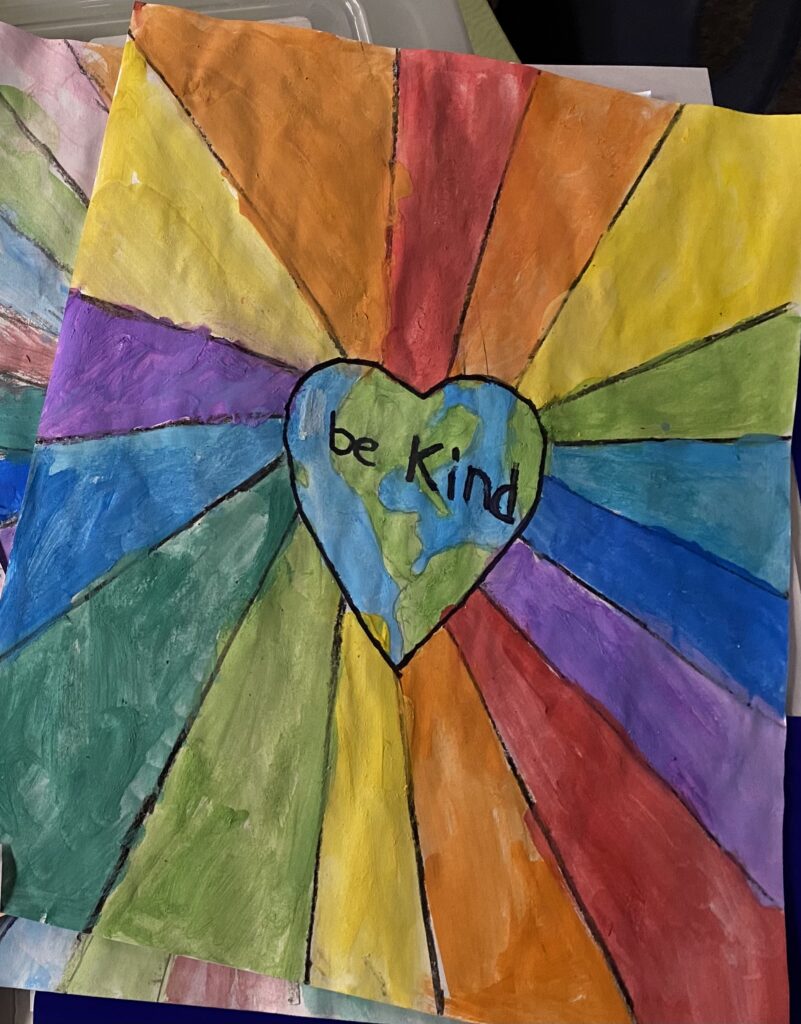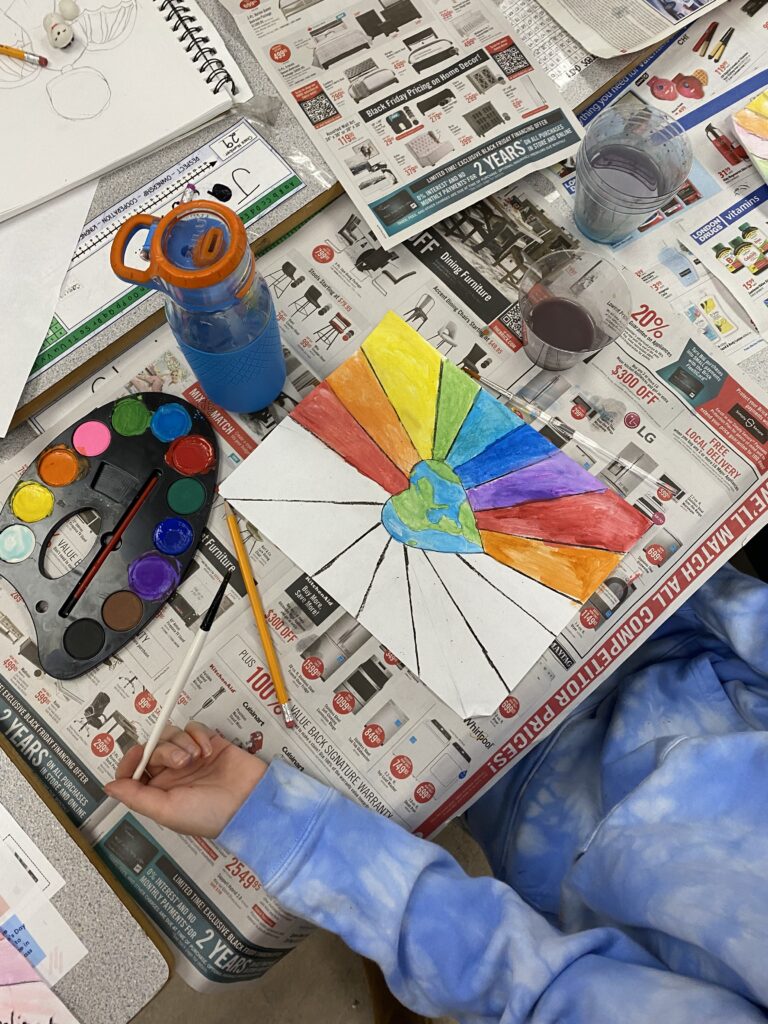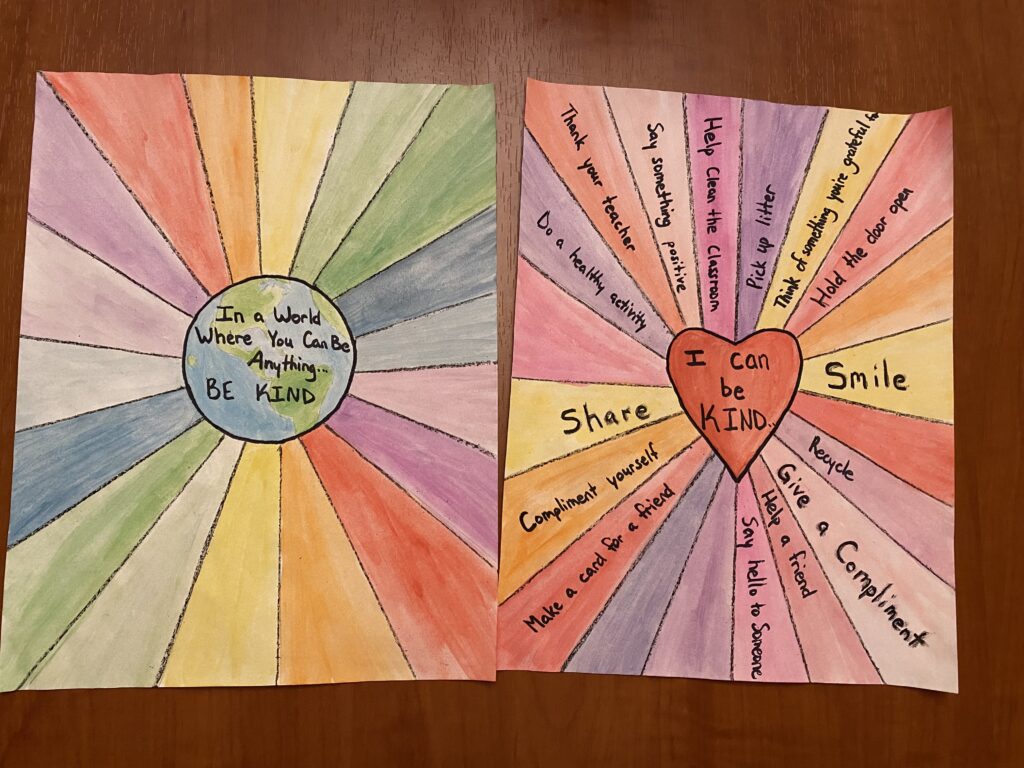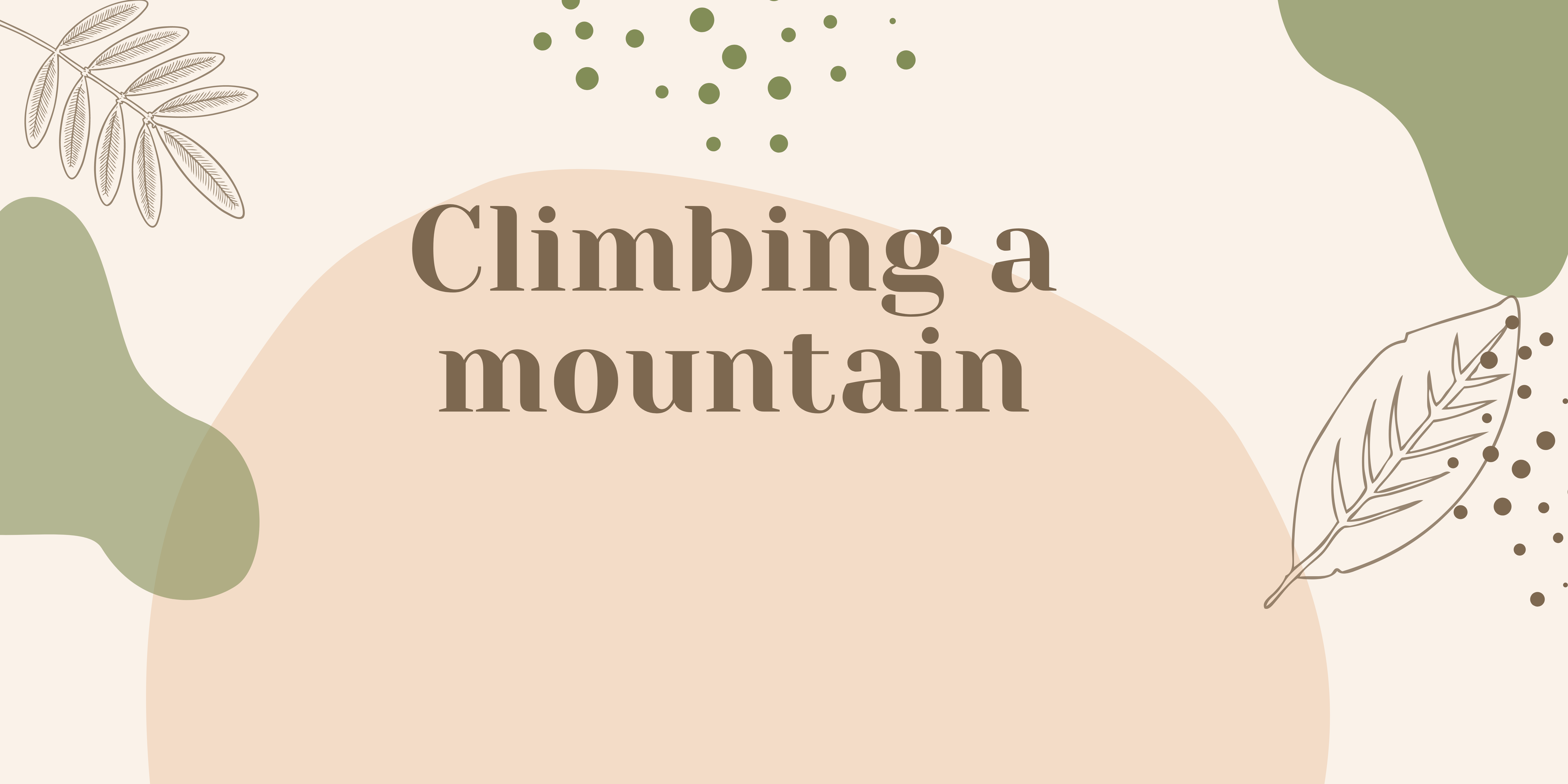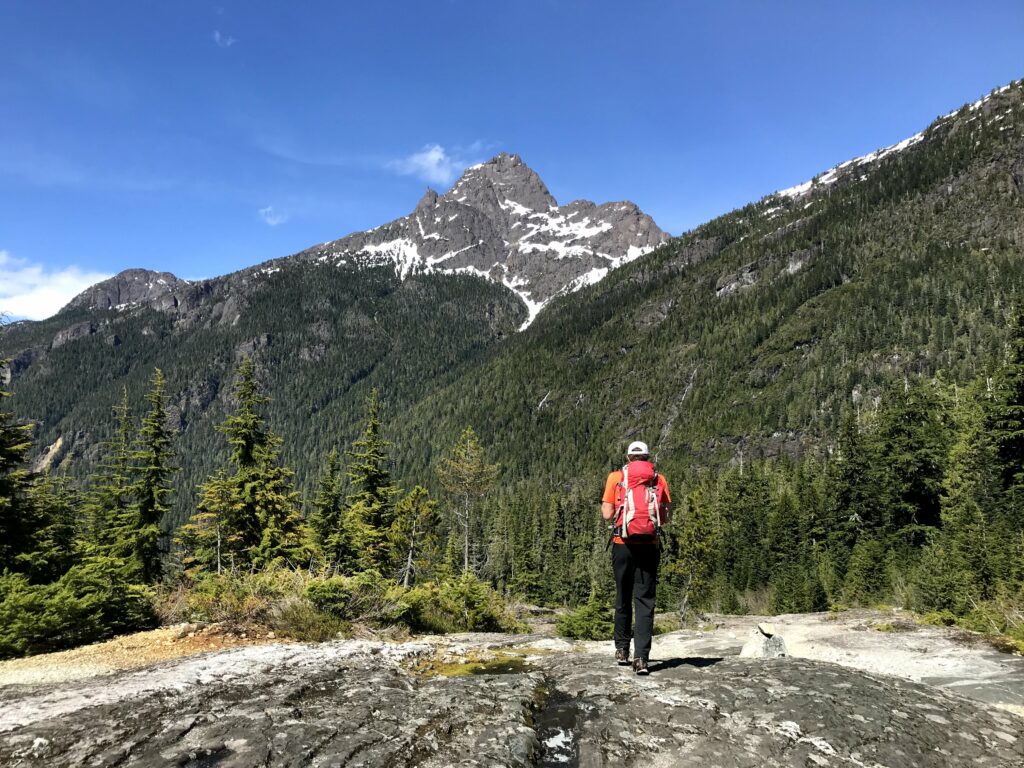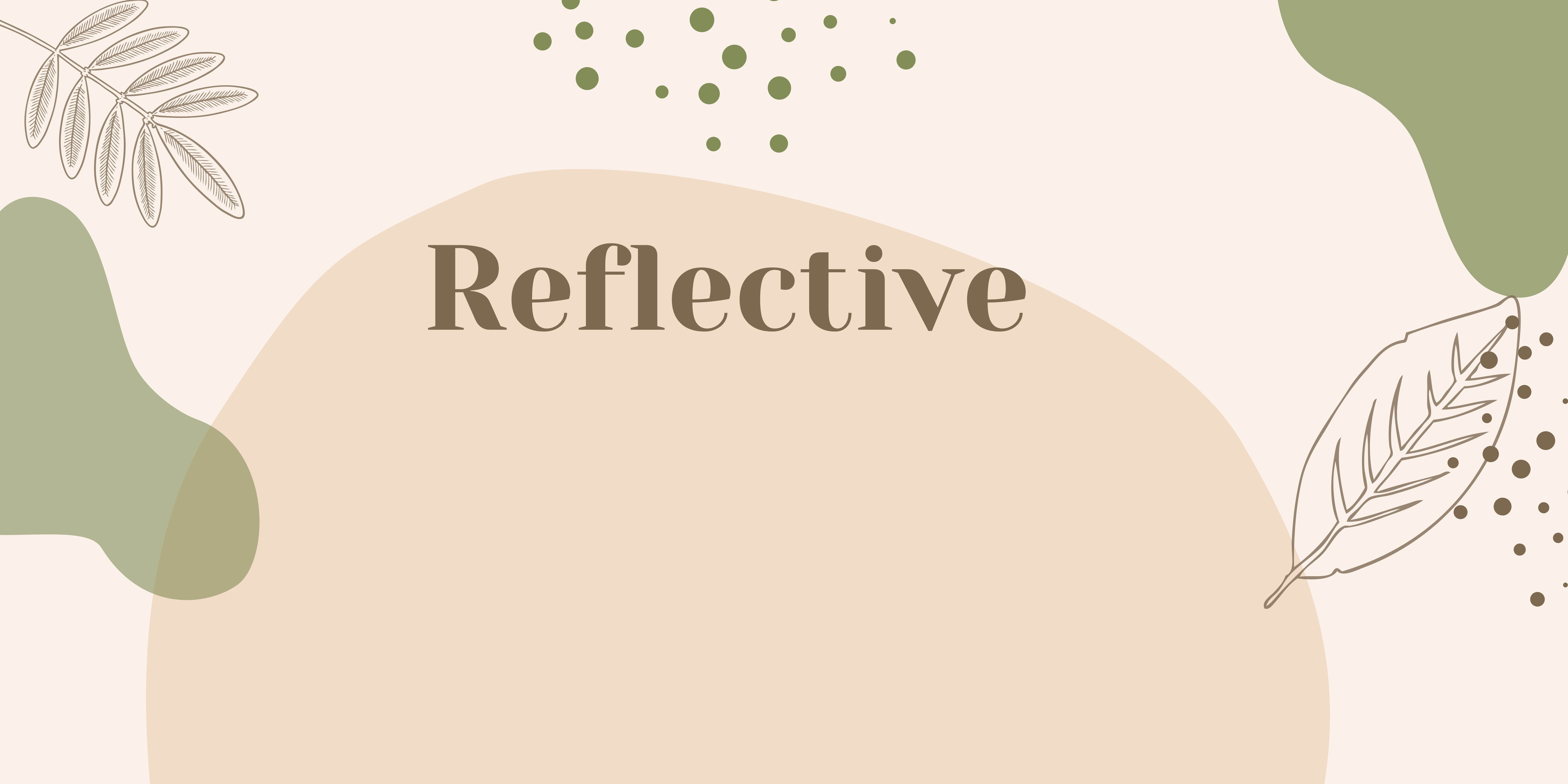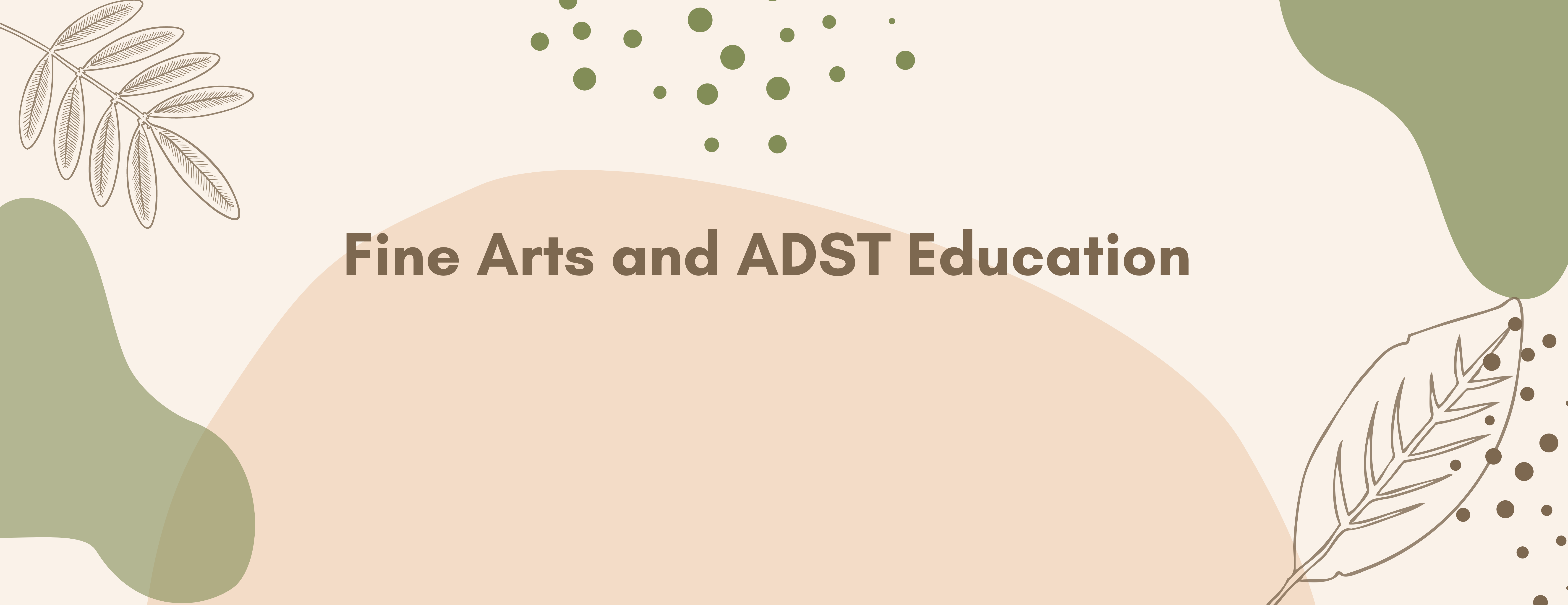
In our blended practicum and assessment class, we had the opportunity of learning in situ at Harwin Elementary. I was grateful for the learning opportunity to engage with students in a grade 5 class and teach lessons for Arts Education, ADST, and Health Education. In this fantastic learning experience, I was so inspired by what students created and the connections made given a short period of time! Here are some examples of the lessons and the products that students created, enjoy 🙂
Fine Arts and Health Education
During our learning in situ at Harwin Elementary, I created a lesson for grade 5’s focused on kindness in anticipation of February 23rd’s Pink Shirt Day. Through this lesson, students inquired about how they can integrate acts of kindness into their daily lives and gained an understanding of the importance of kindness to self and to others to support positive mental well-being. Students demonstrated their learning through visual art forms (shapes, lines, texture, and colour) using oil pastels and watercolour paints to express their learning of kindness and positive mental well-being. Here are some samples!
ADST and Social Studies
During this time of learning in situ, I also had the opportunity to create a cross curricular lesson for ADST and Social Studies. In this lesson, students were able to apply their skills through a hands-on activity to expand their sense of belonging and connection to place. This lesson integrated a Social Studies component by embedded stories and content of the importance of rivers to the local community and the Lheidli T’enneh territory. Students applied this learning in their creations of a canoe model made out of popsicle sticks. Here are some samples of what the students made!
